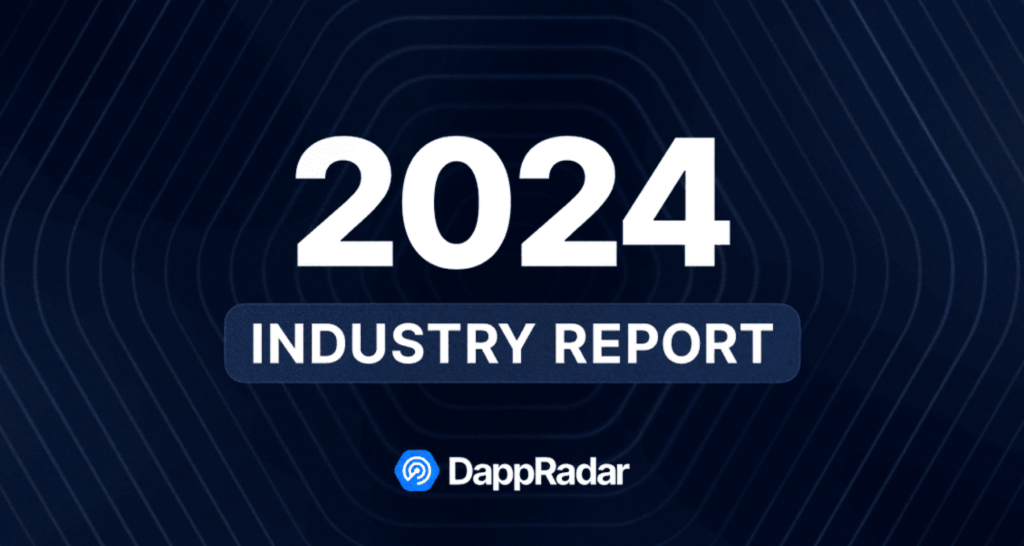ChattyChef: The Era of AI Chefs

The extraordinary potential of artificial intelligence is pushing researchers to assess its applicability in various domains. The Georgia Institute of Technology has taken the initiative to explore the prospects of AI in culinary arts through a project known as ChattyChef.
On this page
Culinary artistry is a skill that often eludes many. However, artificial intelligence may well hold the key to overcoming this issue, unlocking a fascinating world of culinary experiments for all interested individuals. Researchers from the College of Computing at the Georgia Institute of Technology have developed ChattyChef, a tool that assists users in preparing dishes from recipes. The research has been detailed in an article titled “Improved Instruction Ordering in Recipe-Grounded Conversation,” which was published on arxiv.org, an open-access electronic archive for scholarly articles and their preprints.
What exactly is ChattyChef?
The biggest hurdle holding back the integration of AI into the culinary world is its inability to grasp where humans are in their cooking process and their culinary aspirations. It's like an AI chef trying to navigate a recipe without understanding if the cook is a beginner or a seasoned pro. To achieve success, AI needs to be the ultimate sous-chef, ready to assess every step performed and answer the cook's burning question, “What's the next step and how do I nail it?”.
ChattyChef is a project built on the open-source language model GPT-J, aiming to aid users during the meal preparation process based on a recipe.
In this paper, we explore the task of RecipeGrounded Conversation, where the dialogue agent is expected to converse with a user to walk him/her through the cooking procedure of a recipe, while answering any questions that might arise along the way,” the study states. “In contrast to other dialogue tasks, such as document grounded conversation (Dinan et al., 2019), accurately tracking the conversation state is more crucial in recipe-grounded dialogue.
A dialogue snippet with good and poor system responses, along with the corresponding error type for each incorrect answer. Source: https://arxiv.org/
To establish a dialogue database and fine-tune the models, the developers leveraged articles from the “Recipes” category on WikiHow, all of which hold a utility rating of over 75% and have gathered at least five votes. To enhance the AI chef user experience, researchers favored recipes with no more than eight steps.
Special attention was given to two auxiliary tasks: detecting user intent (such as learning about the properties of ingredients, or the next step in the recipe) and tracking the stages of instruction execution. With the introduction of these functionalities, AI managed to generate more precise and comprehensive responses tailored to a user's specific stage of meal preparation. The risk of delivering incorrect information has also been minimized through the developers’ efforts.
According to the researchers, further study of these two subtasks and ways to integrate the information into the response generation process will continue. ChattyChef is a new database for culinary dialogues, designed to provide the basis and support for developing instructional conversation agents in other areas.
The content on The Coinomist is for informational purposes only and should not be interpreted as financial advice. While we strive to provide accurate and up-to-date information, we do not guarantee the accuracy, completeness, or reliability of any content. Neither we accept liability for any errors or omissions in the information provided or for any financial losses incurred as a result of relying on this information. Actions based on this content are at your own risk. Always do your own research and consult a professional. See our Terms, Privacy Policy, and Disclaimers for more details.



























